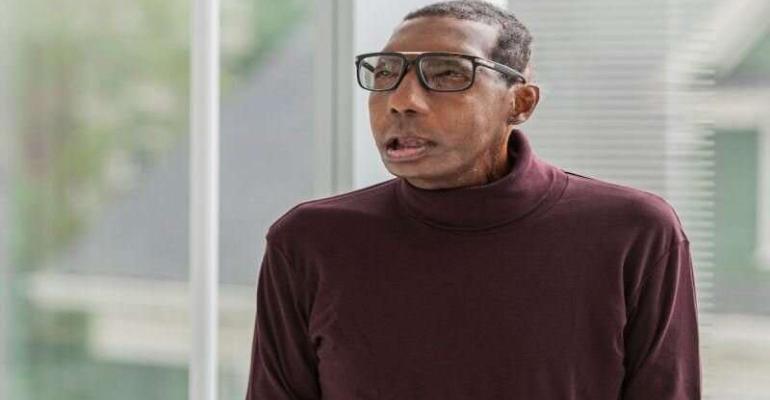Robert Chelsea needed a new face, having lost most of his in a horrific Los Angeles traffic accident years ago.
But Chelsea is Black, and the process to give him the first-ever face transplant wound up posing novel challenges for his doctors, according to a new report.
It took four times as long to find Chelsea a suitable donor than it typically does for white patients, doctors said, due to a lack of donors and the wider variability in skin tone among Black Americans.
"It's so rare to find a Black face [for transplant]," Chelsea said in an interview with the BBC. "We didn't know how rare it was."
In addition, tracking Chelsea's post-surgery progress proved more complex due to his darker skin tone, with doctors less able to see the redness that serves as an early warning sign for rejection, said lead surgeon Dr. Bohdan Pomahac, director of plastic surgery transplantation at Brigham and Women's Hospital in Boston.
"On a white patient, you can see redness as a sign of infection or a sign of rejection. In African American patients, you can't really tell," Pomahac said. "The redness is very subtle, if at all possible to notice."
In August 2013, Chelsea's disabled car was struck by a drunk driver on an L.A. freeway with such force that the vehicle exploded on impact.
Chelsea suffered burns over 60% of his body and face. He lost his lips, part of his nose and part of an ear, and required upwards of 40 surgeries to regain his health.
Doctors recommended a face transplant for Chelsea, and put him on the transplant list.
"To be able to address a person without intimidating them would be a major relief," Chelsea told the BBC prior to his surgery.Robert Chelsea, before his face transplantLightchaser Photography
However, finding a suitable donor was not easy.
Source:
Medical Xpress

